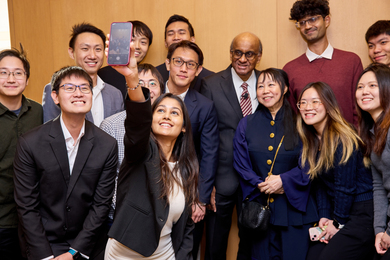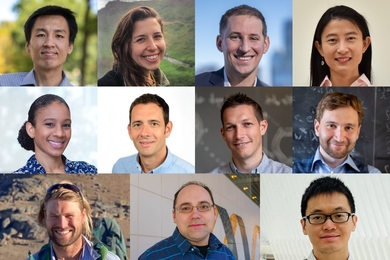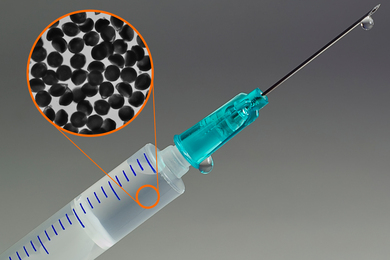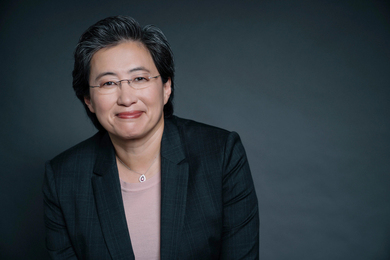
Four MIT students have found their inner Huckleberry Finns this summer, inspired by a comment in a lecture on how metallurgy was introduced to Mexico 1,300 years ago. In the lecture, Dorothy Hosler, professor of archeology and ancient technology, noted that early efforts at making a raft to travel from Ecuador to Mexico had failed. Taking this nugget of history as a 21st century engineering challenge, four students--Leslie Dewan, a junior in nuclear engineering; Daniel Cohen, a junior in physics; Danny Shen, a senior in electrical engineering and computer science, and Ryan Bavetta, a sophomore in mechanical engineering--built their own raft. For guidance in their month-long project, the students used documents written by 15th and 16th century Italian and Spanish explorers as well as 20th century sources including Thor Heyerdahl, author of "Kon Tiki," and Jenny Estrada, author of "La Balsa," about early Ecuadorian navigation. The boat made its maiden voyage August 2 on the Charles River, with Hosler as guest of honor. With its three moveable centerboards, four energetic paddlers and one owl-faced sail, the raft handled the river's shifting currents easily. Next summer, the four students hope to build a second raft, using authentic materials of balsa and cocobolo wood, and start their trip in Ecuador. Photo / Donna Coveney





